Blonde On Blonde by Bob Dylan
Buy Blond On Blonde I had the pleasure of seeing Bob Dylan live over the summer. It was a great experience, which I wrote about for Modern Rock Review. So I jumped at […]
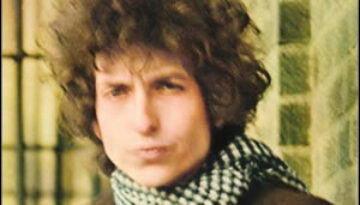
Buy Blond On Blonde I had the pleasure of seeing Bob Dylan live over the summer. It was a great experience, which I wrote about for Modern Rock Review. So I jumped at […]
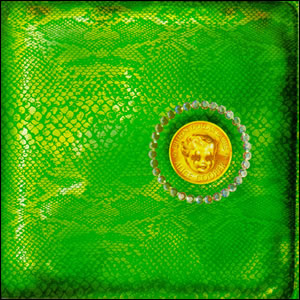
Buy Billion Dollar Babies The Alice Cooper Band reached their commercial peak with 1973’s Billion Dollar Babies. This sixth Alice Cooper album, produced by Bob Ezrin, refined some of the basic rock grit […]
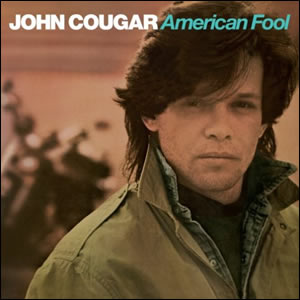
Buy American Fool American Fool may mark the midway point of the artist’s evolution from the stage name “Johnny Cougar” back to his given name John Mellencamp. The differing names (of which there […]
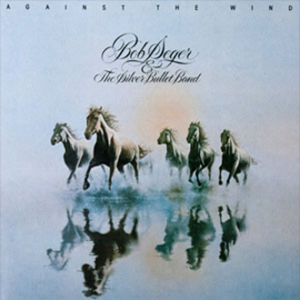
Buy Against the Wind In early 1980, Bob Seger completed his trifecta of commercial smash hit albums with the release of Against the Wind. It was his eleventh overall studio album, the fourth […]
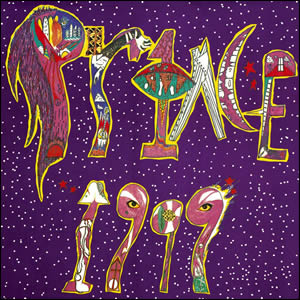
Buy 1999 1999 is a double-length album by Prince, released in late 1982. The album was born out of an extremely prolific songwriting period when there was reportedly four albums worth of material […]